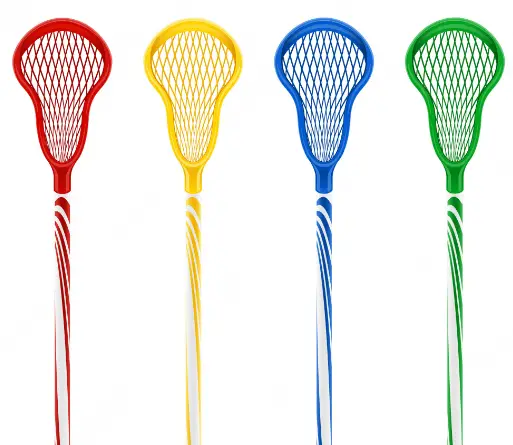Lacrosse is a high-intensity sport that requires significant physical exertion and coordination. As a player, you need to be able to move quickly, change direction, and take hits from other players. One critical piece of protective equipment that can help you stay safe on the field is a mouthguard. A lacrosse mouthguard is designed to protect your teeth, jaw, and mouth from impact, reducing the risk of dental injuries and concussions. However, not all mouthguards are created equal, and choosing the right one for you can be a challenge. In this article, we’ll discuss some key factors to consider when selecting a lacrosse mouthguard, so you can make an informed decision and stay safe during your next game.
What are the different types of lacrosse mouthguards?
The first step in choosing the right lacrosse mouthguard is to understand the different types. Three main types of mouthguards are available, including stock, boil-and-bite, and custom-fitted.
Stock mouthguards: Stock mouthguards are the least expensive and widely available. They come in pre-formed shapes and sizes and can be purchased at sporting goods stores. The downside of stock mouthguards is that they are not customizable, and they may not fit well.
Boil-and-bite mouthguards: Boil-and-bite mouthguards are more customizable than stock mouthguards. They are made from thermoplastic material that softens when heated and molds to the shape of your teeth. Boil-and-bite mouthguards are available at sporting goods stores and can fit most mouths.
Custom-fitted mouthguards: Custom-fitted mouthguards are made from impressions of your teeth. These mouthguards are the most expensive but also the most effective because they fit precisely to your teeth and mouth.
What features should I look for in a lacrosse mouthguard?
When choosing a lacrosse mouthguard, there are several features to consider. These features include:
Thickness: The thickness of the mouthguard can affect the level of protection. Thicker mouthguards offer more protection, but they may also be uncomfortable to wear.
Material: The material of the mouthguard can affect its durability, comfort, and fit. Some materials include silicone, rubber, and polyurethane.
Retention: The retention of the mouthguard refers to how well it stays in place during play. Retention can be improved by features such as a strap or a lip guard.
Breathability: Breathability is crucial for comfort during play. Look for mouthguards with perforations or channels that allow for airflow.
How does my position affect my choice of mouthguard?
The position you play in lacrosse can affect the type of mouthguard you need. Offensive players may prefer a thinner mouthguard that allows for clear communication with teammates, while defensive players may prefer a thicker mouthguard that offers more protection. Goalies may need a custom-fitted mouthguard because they are often hit in the face with the ball.
How does age affect my choice of mouthguard?
Age can affect the choice of mouthguard because younger players may have smaller mouths and not require a custom-fitted mouthguard. Young players may also need a thicker mouthguard for extra protection. It is important to check with your child’s coach or dental professional to ensure they have a properly fitting mouthguard.
Should I consider a mouthguard with a strap?
A mouthguard with a strap can provide better retention during play, especially for players who tend to clench their jaw or have a tendency to lose their mouthguard. The strap fits around the helmet, ensuring the mouthguard stays in place during play. Some players may find the strap uncomfortable or distracting, but it is a personal preference.
How do I properly care for my lacrosse mouthguard?
Proper care and maintenance of your lacrosse mouthguard can ensure it lasts longer and remains hygienic. After each use, rinse the mouthguard with cool water and use a soft-bristled toothbrush to gently clean it. Avoid using hot water or toothpaste, which can damage the mouthguard. Store the mouthguard in a ventilated case to prevent bacteria growth and damage.
Conclusion
In conclusion, a lacrosse mouthguard is a crucial piece of protective gear that enhances safety during play. When choosing the right lacrosse mouthguard for your playing style, consider the different types, features, age, position, and care. Ultimately, the right mouthguard should be comfortable, provide maximum protection, and allow for clear communication with teammates. Consult with your dental professional or coach for recommendations on the best mouthguard for your needs.







